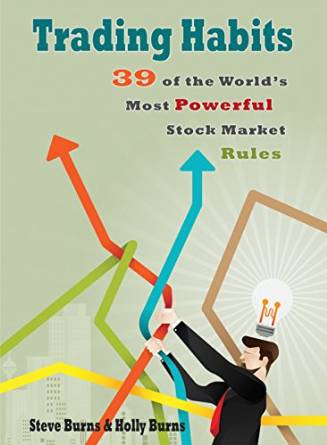 Trading Habit #8
Trading Habit #8
Bull Markets have no long term resistance, and Bear Markets have no long term support.
After a Bearish market environment many sellers and ‘weak hands’ get washed out of the market during the process of lower lows over a long period of time. During a 20% drop in prices into a bear market key support levels are lost over and over again, stop losses are triggered, rallies are sold into and fear slowly takes hold as people see all the lost money evaporating from their account.
Lower highs and lower lows is the longer term pattern on the charts as people pile out of their holdings. A down trending market is the best way to shake out the most holders and set up the opportunity for prices to stabilize and start a trend back up with a lot of the selling pressure relieved toward the end of downtrend. The major change with price action during market corrections and Bear Markets is that dips stop being bought and are replaced with further dips in price without buyers showing up to cause bounces. Also buying key support levels does not work as supports do not hold and are instead breakouts of price ranges to the down side.
The odds are on your side to sell strength short in bear markets to keep yourself on the right side of the trend and flow of capital out of the market. Bear markets in the stock market are usually short lived and usually only last for a year or two. The big rallies in bear markets are primarily caused by short covering rallies to lock in profits after a deep plunge in prices which are then chased by bottom pickers.
The end of a bear market arrives when selling is finally exhausted. With many longer term position holders left that weathered the storm and with dip buyers becoming the majority of the new holders that got in at much lower prices these new holders are less apt to be stopped out of their new positions which begins to form a new bottom that holds.
Big trends in bull or bear markets are usually followed by a time of price consolidation where prices stabilize and find new ranges to trade inside of. Support and resistance begins to have meaning again and the market as a whole starts to go sideways with neither a big return nor loss in the stock market indexes as a whole.
This is the time period of neutrality and uncertainty where traders and investors do not know if the last trend is over or whether it will resume. The is a market that is being traded back and forth with not a larger amount of accumulation or distribution to create trends.
The primary characteristic of a bull market and the leading stocks in it that shows it is truly bullish is the ability to break out to new highs over and over again, first 52 week highs and then all time highs. Short sellers get hurt during bullish conditions because resistance no longer holds back the advancing prices.
As resistance is broken over and over again short sellers are forced to cover setting off more momentum that then draws in the momentum traders to buy the strength. In bull markets buying is always rewarded eventually. Buying dips give traders and investors the chance to catch the next trip to all time highs and being stubborn with long positions is eventually rewarded. Buying high and selling higher is also a winning system in a bull market.
Bull markets usually last for several years and are where the bulk of the capital appreciation comes from for the long term returns in the stock market. Learning to get out of investments at the end of a big bull run would dramatically improve the returns of long term buy and hold investors. For traders to switch from buying price strength in stocks to shorting them in downtrends would dramatically improve their returns as well.
Having trading rules that identify price patterns for range bound markets, up trends, and down trends so you can trade according to the environment will greatly improve your profitability. This is something trend followers and breakout traders are great at.
This is a chapter from my book Trading Habits.